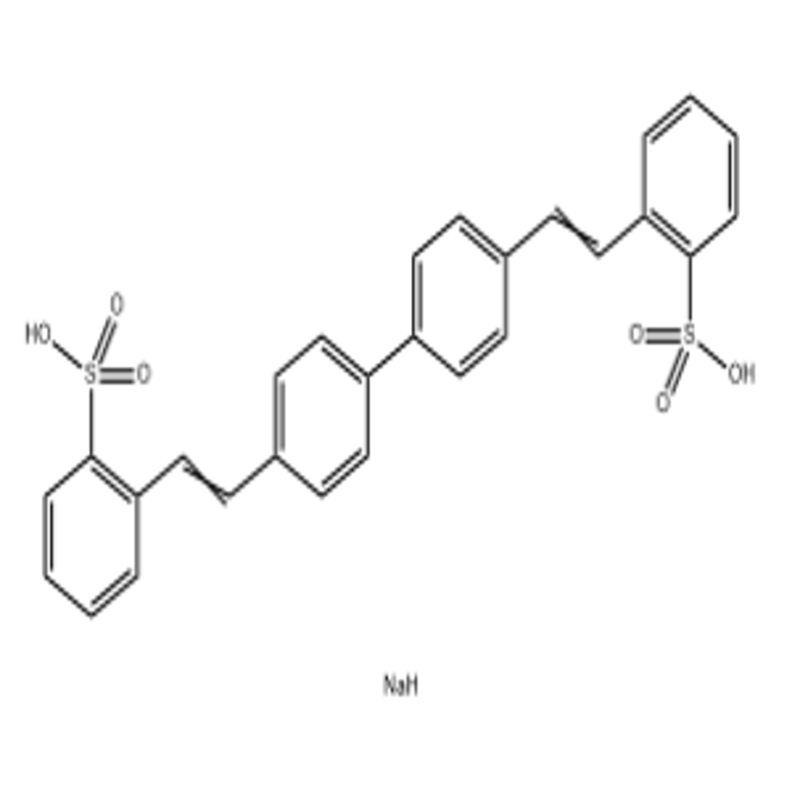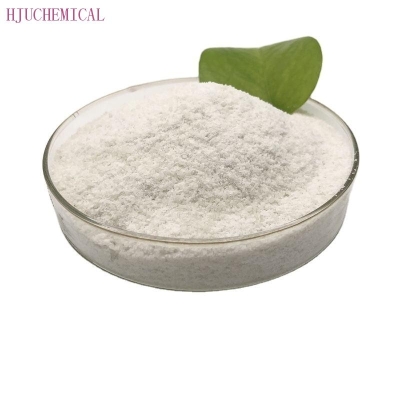-
Categories
-
Pharmaceutical Intermediates
-
Active Pharmaceutical Ingredients
-
Food Additives
- Industrial Coatings
- Agrochemicals
- Dyes and Pigments
- Surfactant
- Flavors and Fragrances
- Chemical Reagents
- Catalyst and Auxiliary
- Natural Products
- Inorganic Chemistry
-
Organic Chemistry
-
Biochemical Engineering
- Analytical Chemistry
- Cosmetic Ingredient
-
Pharmaceutical Intermediates
Promotion
ECHEMI Mall
Wholesale
Weekly Price
Exhibition
News
-
Trade Service
Because aluminum metal has the advantages of abundant resources, high specific capacity and low cost, aluminum batteries have become a research hotspot of multivalent metal batteries
The gel polymer electrolyte exhibits high ionic conductivity ( 3.
86×10 -3S cm -1 ), wide electrochemical window ( 2.
Basic properties of gel electrolyte
( a ) The upper part is AlCl 3 /Et 3 NHCl ( AT ) ionic liquid, and the lower part is AT -based gel;
It only needs to mix the ionic liquid with the polyamide and perform simple heating and stirring to prepare four different ratios of AlCl 3 /Et 3 NHCl gel polymer electrolyte
Electrochemical performance of gel electrolyte and battery performance
( a ) The rate performance of different gel polymer electrolytes used in aluminum - graphite batteries; ( b ) The charge and discharge curves of aluminum - graphite batteries using AT1.
7 PA gel electrolyte under different current densities; AT 1.
7 ( C ) LSV curve of PA electrolyte ; ( d ) ionic conductivity; ( e ) constant current polarization curve; ( f ) long-cycle performance of aluminum - graphite battery using AT1.
7 PA gel electrolyte
7 PA electrolyte has excellent performance in terms of specific capacity and
Working mechanism of aluminum - graphite battery using gel electrolyte
( a ) In-situ XRD pattern of aluminum - graphite battery using gel electrolyte ; ( b ) charge-discharge curve; ( c ) in-situ Raman pattern
The functionality of gel electrolyte
Shandong University of Science and Technology Lin Mengchang and Du Huiping used the gelation of low-cost AlCl 3 /Et 3 NHCl ( Et 3 NHCl : triethylamine hydrochloride) ionic liquid and polyamide to prepare a new type of gel through a simple mixing method Polymer electrolyte
.
The gel polymer electrolyte exhibits high ionic conductivity ( 3.
86×10 -3S cm -1 ), wide electrochemical window ( 2.
1.
Basic properties of gel electrolyte
Figure 1.
( a ) The upper part is AlCl 3 /Et 3 NHCl ( AT ) ionic liquid, and the lower part is AT -based gel;
( B ) Raman spectrum of AT -based ionic liquid and d- gel
The preparation method of the gel polymer electrolyte is simple.
It only needs to mix the ionic liquid with the polyamide and perform simple heating and stirring to prepare four different ratios of AlCl 3 /Et 3 NHCl gel polymer electrolyte
2.
Electrochemical performance of gel electrolyte and battery performance
Figure 2.
( a ) The rate performance of different gel polymer electrolytes used in aluminum - graphite batteries; ( b ) The charge and discharge curves of aluminum - graphite batteries using AT1.
7 PA gel electrolyte under different current densities; AT 1.
7 ( C ) LSV curve of PA electrolyte ; ( d ) ionic conductivity; ( e ) constant current polarization curve; ( f ) long-cycle performance of aluminum - graphite battery using AT1.
7 PA gel electrolyte
By comparing the rate performance of different gel polymer electrolytes used in aluminum - graphite batteries, it can be seen that AT1.
7 PA electrolyte has excellent performance in terms of specific capacity and
3.
Working mechanism of aluminum - graphite battery using gel electrolyte
Figure 3.
( a ) In-situ XRD pattern of aluminum - graphite battery using gel electrolyte ; ( b ) charge-discharge curve; ( c ) in-situ Raman pattern
From the battery in-situ XRD pattern and in-situ Raman pattern, it can be seen that the intercalation reaction occurs at the positive electrode, which is consistent with the reaction of the ionic liquid aluminum - graphite battery reported in the literature .
4.
The functionality of gel electrolyte
Figure 4.
AT1.
7 and AT1.
7 PA exposed to the air for 10 minutes respectively ( a ) CV curve of deposited dissolved aluminum ; ( b ) Cycle performance of assembled aluminum - graphite battery
From the CV it can be seen that curve, AT1.
7 exposure to air, the loss of electrochemical activity, can not be deposited dissolve aluminum and AT1.
7 PA showed a normal performance of the deposition of dissolved aluminum; the two electrolytes are assembled boehmite - Ink batteries, AT1.
7 batteries assembled after exposure to air have almost no capacity, while AT1.
7 PA can still be charged and discharged normally, indicating that AT1.
7 PA has low moisture sensitivity
.
Figure 5.
Cycle performance of ( a ) AT1.
7 PA and ( b ) AT1.
7 assembled button aluminum - graphite batteries
Cycle performance of ( a ) AT1.
7 PA and ( b ) AT1.
7 assembled button aluminum - graphite batteries
Figure 6.
( a ) AT1.
7 PA and ( b ) AT1.
7 assembled button aluminum - graphite battery case photos after cycling
It can be seen that the button aluminum - graphite battery assembled by AT1.
7 PA can be charged and discharged normally, while the button aluminum - graphite battery assembled by AT1.
7 cannot be charged and discharged after several cycles .
After disassembling the button batteries, it can be seen that the button batteries using AT1.
7 PA have almost no traces of corrosion, while the button batteries using AT1.
7 have more serious corrosion .
It can be seen that the gel can inhibit leakage and corrosion .
Figure 7.
Comparison of self-discharge performance of aluminum / graphite battery using AT1.
7 and AT1.
7 PA electrolyte
The AT1.
7 and AT1.
7 PA electrolyte are assembled aluminum - graphite and the battery is fully charged, hold 100 after hours, two electrolyte aluminum - graphite respectively battery open circuit voltage to decay to 1.
84 V and 2.
15 V
.
The gel also has the property of inhibiting the self-discharge of aluminum ion batteries
.
Related Links
https://doi.
org/10.
1021/acsami.
1c05476
org/10.
1021/acsami.
1c05476







